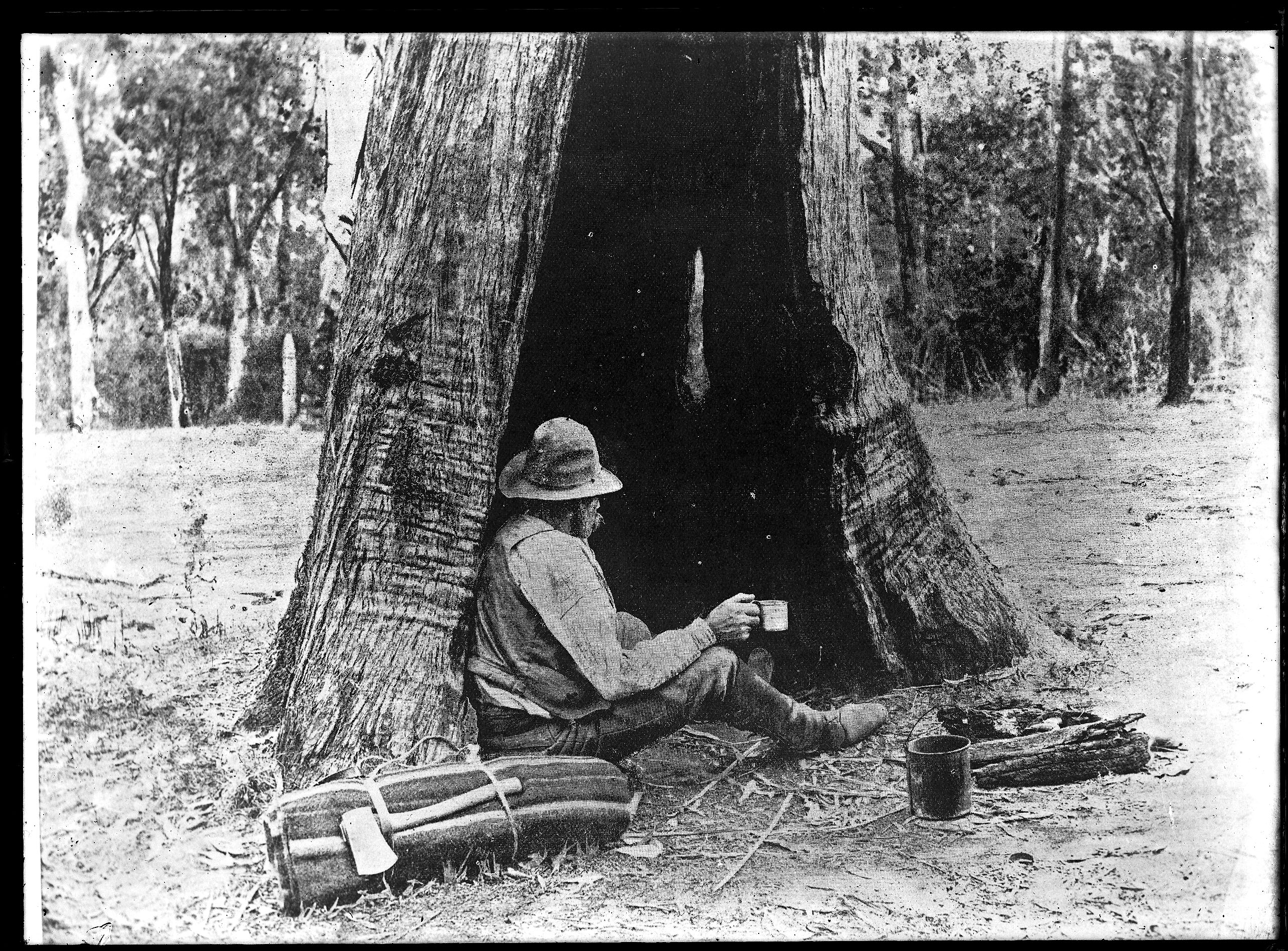|
Swagman (comics)
The Swagman is a supervillain in comic books published by DC Comics. He is primarily an enemy of Batman and the Dark Ranger.''Batman'' #681 Fictional character biography Swagman begins his career as a criminal in Australia, often coming into conflict with the Dark Ranger of the Batmen of All Nations. In ''Batman R.I.P.'', Swagman joins the Black Glove and the Club of Villains, under the leadership of Simon Hurt. The villains drive Batman insane, awakening his Zur-En-Arrh persona. After Batman and the Dark Ranger track the Club to their base, the latter defeats Swagman. Powers and abilities Taking inspiration from famed Australian bushranger Ned Kelly, Swagman wields crude body armor and various weaponry, such as grenade launchers and swords. In other media Swagman makes a non-speaking cameo appearance in the '' Batman: The Brave and the Bold'' episode "The Knights of Tomorrow!". See also * Batmen of All Nations * List of Batman family adversaries * Batman R.I.P. * Batman ... [...More Info...] [...Related Items...] OR: [Wikipedia] [Google] [Baidu] |
Swagman From Batman RIP
A swagman (also called a swaggie, sundowner or tussocker) was a transient labourer who traveled by foot from farm to farm carrying his belongings in a swag (bedroll), swag. The term originated in Australia in the 19th century and was later used in New Zealand. Swagmen were particularly common in Australia during times of economic uncertainty, such as the 1890s and the Great Depression of the 1930s. Many unemployed men travelled the rural areas of Australia on foot, their few meagre possessions rolled up and carried in their swag. Their swag was frequently referred to as "Matilda", hence Waltzing Matilda refers to walking with their swag. Typically, they would seek work in farms and towns they travelled through, and in many cases the farmers, if no permanent work was available, would provide food and shelter in return for some menial task. The figure of the "jolly swagman", represented most famously in Banjo Paterson's bush poem "Waltzing Matilda", became a folk hero in 19th- ... [...More Info...] [...Related Items...] OR: [Wikipedia] [Google] [Baidu] |
